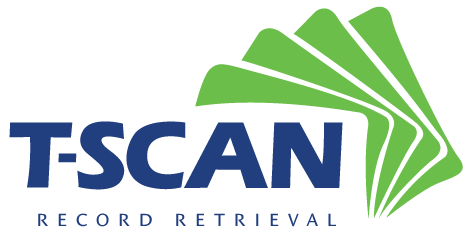It’s impossible to avoid the world of social media today and it’s impact on legal proceedings is significant. In fact, over 90% of litigators consider it a best practice to use web and social media content as evidence or research for a case. According to Pew Research Center, the median American uses three social media platforms. Facebook and Youtube dominate the charts, with nearly three-quarters of U.S. adults using Youtube and roughly two-thirds of U.S. adults reported as being Facebook users Other platforms including Instagram, Twitter, Snapchat, Linkedin and Pinterest follow closely behind. While these are the platforms making headlines, there are many others that may not garner the same quantity of users but should not be dismissed when collecting records that could help confirm or dispute case facts.
Social media is rapidly becoming one of the best places to gather information on individuals. However, there are a number of variables that make social media record retrieval challenging for the litigator.
Understanding which data to capture:
Knowing what exactly to look for and how to properly capture the data can be the difference between winning and losing a case. Content can hide in places you wouldn’t originally think to look. Posts, tweets, and status updates are the most researched content, but looking at metadata which could include geodata like time, date and place is worth noting. In fact, including metadata in the record retrieval process could help support admissibility and reduce concerns associated with authentic web evidence.
The dynamic nature of social media and web content:
Another problem that arises is the ever-changing nature of social media and web content. Individuals update or edit information frequently, while some platforms offer content to only be available for a short period of time (Snapchat, Facebook and Instagram Stories). Staying on top of those changes means monitoring and collecting content constantly, especially before it is edited or gone completely.
The high volume of content:
With the number and variety of social platforms available, the high volume of content, and constantly changing information; the collection of this data can be daunting. The time and subsequent costs of utilizing staff within the practice is not insignificant. In addition, there are serious privacy security practices that must be taken into consideration.
In partnership with Page Vault, T-Scan has been helping clients remove themselves from the evidence chain of custody by using safe and effective tools to capture social media content that is reliable and admissible. With social media use on the rise, it’s no surprise that more firms are reaching out to third-party web capture partners for help. T-Scan is dedicated to educating and supporting clients on best practices when it comes to social media records retrieval and collection of website and web page data. Curious what this could mean for your practice? Reach out to learn more. https://www.tscan.biz/social-media-records
Sources: Page Vault, Pew Research Center









 1-800-285-1507
1-800-285-1507 info@tscan.biz
info@tscan.biz.png)